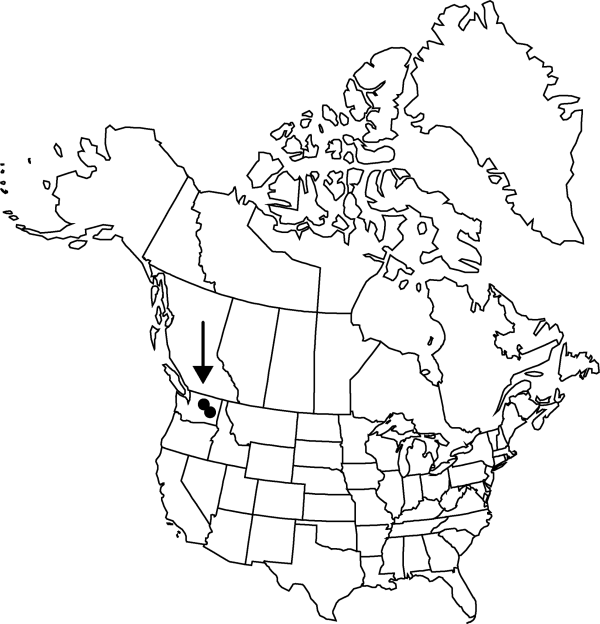Corispermum pallidum
Novon 5: 347, fig. 1B. 1995.
Plants branched from base, 5–25 cm, covered with dendroid and almost stellate hairs and minute papillae (especially on veins of young bracts and distal leaves), occasionally almost glabrous. Leaf blades linear, narrowly linear, occasionally linear-spatulate, rarely almost filiform, flat or occasionally slightly convolute (especially at maturity and in dry plants), 2–5 × 0.1–0.2(–0.3) cm. Inflorescences lax or slightly condensed, interrupted only near base, linear. Bracts usually narrowly ovate-lanceolate or lanceolate, (0.5–)1–1.5(–2) × 0.2–0.5 cm. Perianth segment 1. Fruits pale, usually straw-colored or yellowish brown, occasionally with reddish brown spots, flattened or slightly convex abaxially, plane or slightly concave adaxially, rounded-obovate or obovate, distinctly broadest beyond middle (rarely closer to middle), 2.8–3.5(–3.8) × 2.4–2.8(–3.3) mm, slightly shiny or dull; wing translucent, thin, usually 0.7–1 mm wide, margins erose or irregularly erose-denticulate (rarely almost entire), apex emarginate (notched) or rounded.
Phenology: Flowering late summer–fall.
Habitat: Sandy shores of lakes and rivers, inland open sands
Elevation: 300-400 m
Discussion
Of conservation concern.
The combination of characteristics of Corispermum pallidum is very distinctive: pale, flattened, and small fruit body; very wide (especially as compared to the fruit dimensions), thin, translucent wing with erose margins, long style bases (ca. 0.7–1 mm, including their parts adnate to wing), distinctly divided in their upper parts to below the edge of the wing. Young bracts and distal leaves of C. pallidum are often papillose on margins and veins, in combination with typical branched trichomes. Corispermum pallidum seems to be related to the eastern Asian C. macrocarpum Bunge ex Maximowicz aggregate (subsect. Platyptera Mosyakin).
Selected References
None.

